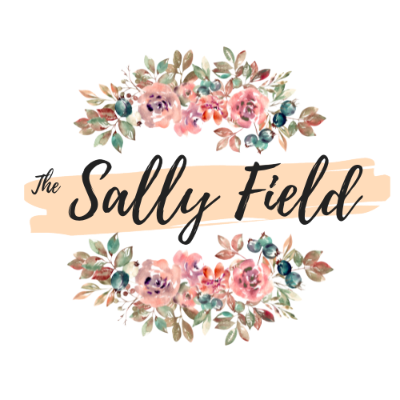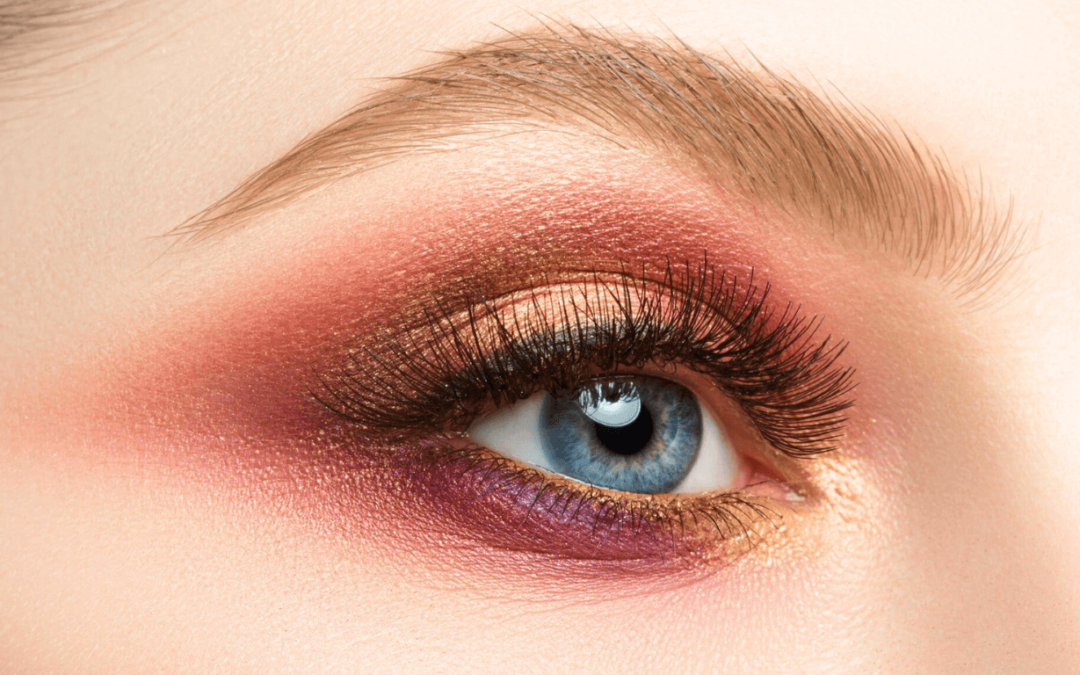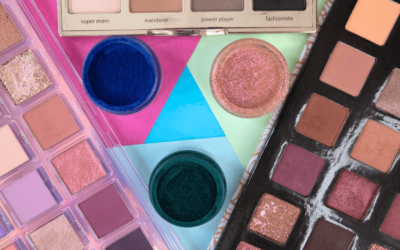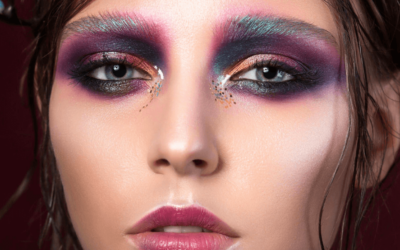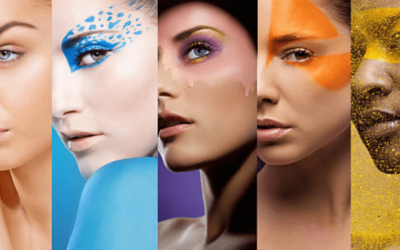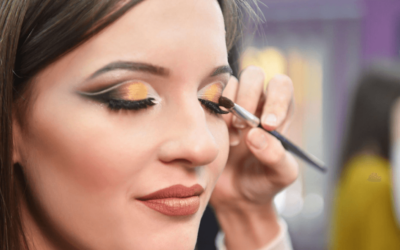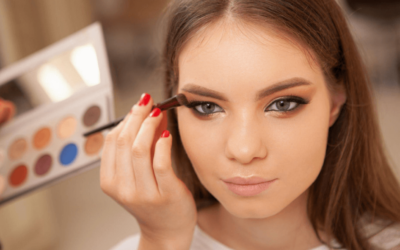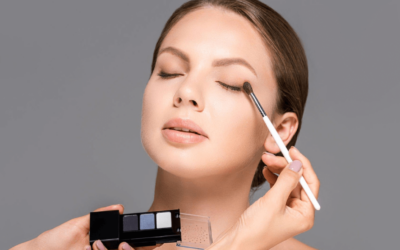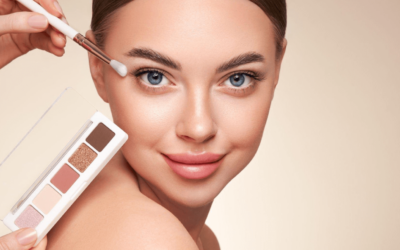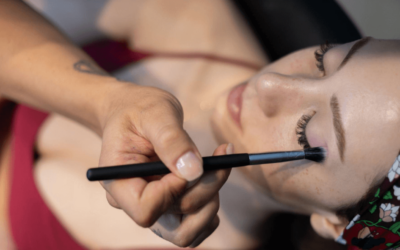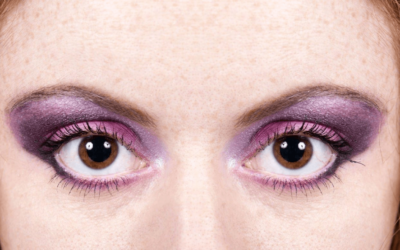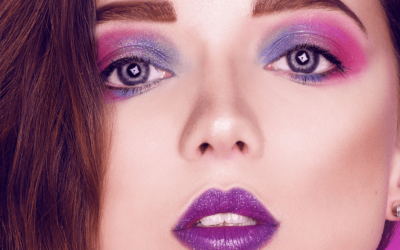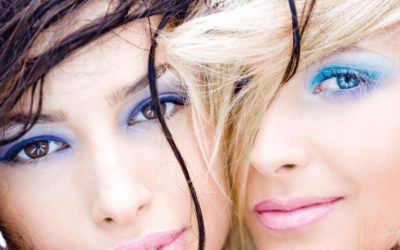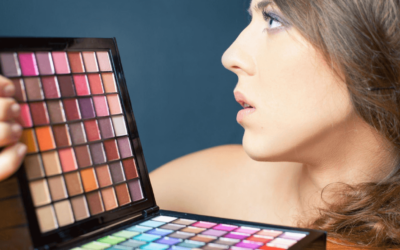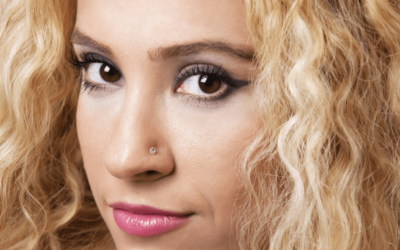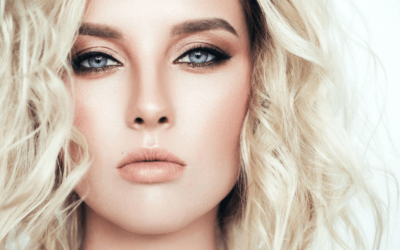The world of makeup is a realm of creativity and self-expression, where colors and textures come together to enhance our features and boost our confidence.
Among the spectrum of makeup products, eyeshadow stands out as a versatile tool that can transform eye looks from subtle to striking. But the question that often echoes is, “Is eyeshadow safe for eyes?”
In this exploration, we journey through the realms of makeup formulations, ingredient scrutiny, and expert opinions to uncover the truth about the safety of applying eyeshadow to one of our most delicate features.
The Fascination with Eyeshadows: A Prelude
Eyeshadows are a cornerstone of makeup application, serving as a canvas to paint vibrant or subdued hues onto our eyelids.
From shimmering metallics to velvety mattes, eyeshadows enable us to tell a visual story with our eyes as the protagonist.
However, their proximity to one of our most sensitive areas – the eyes – naturally gives rise to concerns about safety.
Ingredient Chronicles: Decoding the Formulation
The composition of eyeshadows is a cocktail of pigments, binders, and preservatives that contribute to their color, texture, and shelf life.
Pigments are the heart of eyeshadows, responsible for the captivating colors that grace our eyelids. These pigments can be mineral-based or synthetic, each with its own set of characteristics and safety considerations.
Binders and Texture Enhancers: Binders and texture enhancers ensure the pigments adhere to the skin and deliver the desired consistency. Common binders include talc, mica, and various powders, each selected for its unique properties.
Preservatives: To prevent microbial growth and extend shelf life, preservatives are often added to eyeshadow formulations. While necessary, the presence of preservatives prompts scrutiny due to concerns about their impact on eye health.
Potential for Irritation: The Sensitive Eye Dilemma
One of the primary concerns associated with eyeshadows is their potential to cause irritation, especially in individuals with sensitive eyes or existing eye conditions.
Certain eyeshadow formulations may contain ingredients that could trigger adverse reactions, such as itching, redness, or discomfort. Fragrances, parabens, and other allergens might lurk within these formulations.
Dermatologist Insights: Expert Opinions Matter
Dermatologists emphasize the significance of understanding your own skin sensitivities when using eyeshadows. It’s crucial to be aware of any known allergies or sensitivities to specific ingredients.
Consulting with a dermatologist can help you make informed choices, especially if you have a history of skin reactions or allergies.
Ophthalmologist Views: Keeping an Eye on Safety
Ophthalmologists, who specialize in eye health, underline the importance of avoiding eyeshadow contact with the eyes themselves.
Applying eyeshadow to the eyelids, away from the lash line and the eyes’ inner corners, can reduce the risk of particles or pigments getting into the eyes.
Proper application techniques can minimize potential irritation or discomfort.
Reading Between the Labels: Navigating Ingredients
A prudent step in ensuring eyeshadow safety is to become familiar with the ingredient lists of the products you use. Look for keywords like “ophthalmologist-tested”, “hypoallergenic”, and “fragrance-free”.
These labels can provide assurance that the product has undergone testing and formulation considerations with eye safety in mind.
Quality Matters: Prioritizing Trusted Brands
The quality of eyeshadows often corresponds to their safety. Reputable and established beauty brands prioritize thorough testing and formulation adjustments to ensure the safety of their products.
Opting for eyeshadows from well-known brands can minimize the risk of potential adverse reactions.
The Art of Application: A Delicate Touch
Beyond formulation, the way you apply eyeshadow is pivotal to eye safety. Using clean brushes, applicators, or your fingers reduces the chances of introducing harmful bacteria to your eyes.
Additionally, avoiding sharing eyeshadow tools can prevent the transmission of potential contaminants.
Personalized Sensitivity: Listen to Your Eyes
Your eyes are the ultimate judges of whether an eyeshadow is safe for you. Pay attention to how your eyes react after application.
If you notice any unusual symptoms such as redness, itching, tearing, or blurred vision, it’s advisable to discontinue use and consult an eye care professional.
Expert Guidance: The Value of Professional Consultation
If you have pre-existing eye conditions, wear contact lenses, or have concerns about eyeshadow safety, consulting an ophthalmologist or an eye care specialist is paramount.
Their expertise can provide tailored insights into whether eyeshadows are suitable for your individual eye health.
Navigating the Beauty Horizon
As with any aspect of health and beauty, safety is a paramount concern. So, is eyeshadow safe for eyes? The answer lies in a comprehensive approach that considers formulation, ingredients, personal sensitivities, and expert opinions.
Armed with knowledge and vigilance, you can enjoy the artistic freedom of applying eyeshadow while safeguarding your precious eyes.
Remember, your eyes deserve care, consideration, and the attention of trusted experts. By navigating the world of eyeshadows with prudence, you can enjoy the allure of vibrant and expressive eye looks while ensuring your eyes remain healthy and vibrant.
